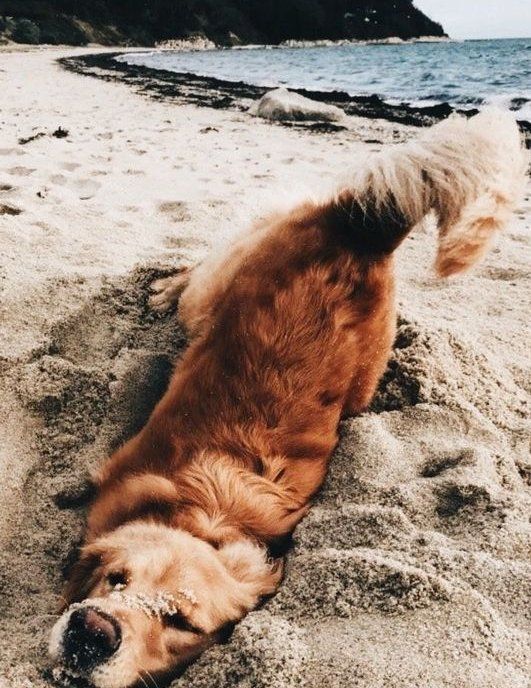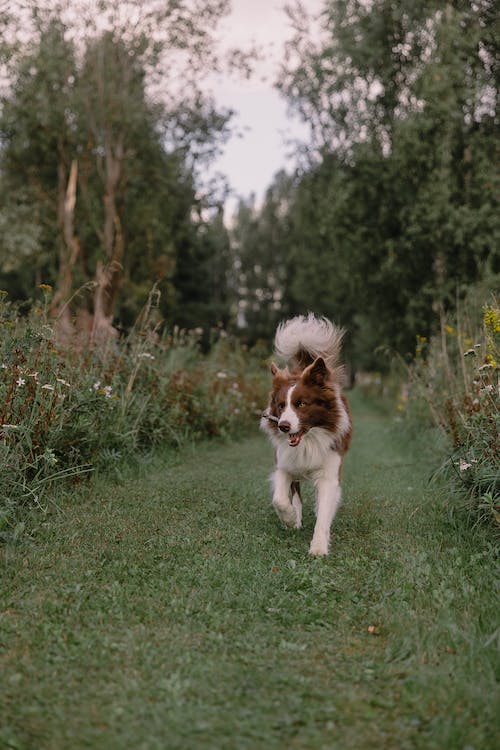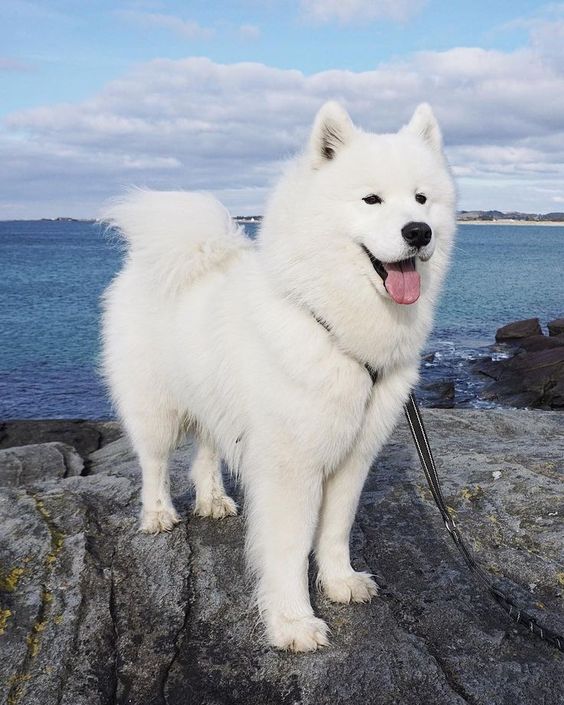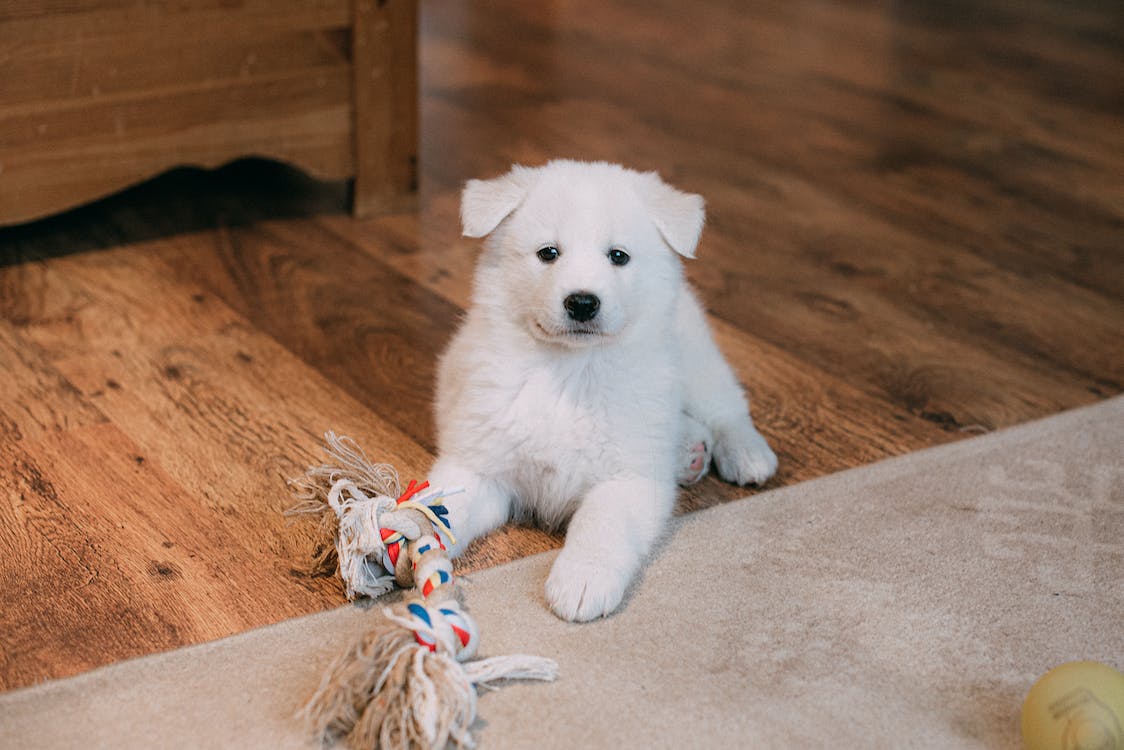Few things dismay yard-proud owners more than discovering freshly dug craters of soil scattered across the grass thanks to their canine companion. While frustrating, strategic solutions that provide an acceptable outlet for their energetic digging allow you to resolve muddy messes.
Understanding Why Dogs Dig
Before applying fixes, appreciate why your dog feels compelled to dig:
Boredom – Digging provides mental and physical stimulation when daily walks, play, and training prove insufficient to burn up your dog’s energy reserves.
Seeking Comfort – Dogs dig pits to lounge in providing relief from heat or joint pain and comforting body contact with cool earth.
Hunting Instinct – Terriers especially dig voraciously attempting to flush out burrowed critters lurking temptingly underground.
Attention-Seeking – Some dogs learn digging nets them attention – even if it’s “bad” scolding is better than isolation.
** Fear/Stress** – Anxiety-prone dogs may compulsively dig to relieve stress similarly to human nail biting satisfying an oral fixation.
Hiding Items – Dogs have a natural “cache” instinct to bury items like food or toys using their nose and paws to shovel and scoop dirt.
Knowing your dog’s digging motivations allows customizing an ideal solution.

Training Dogs Not to Dig
For some dogs, distracting and redirecting their digging impulse trains more positive behaviors:
Reward ignoring digging temptations – Praise and treat when your dog opts not to dig. But never reward actual digging attempts.
Teach a “leave it” cue – Train them to break attention and step away from potential dig zones.
Redirect mid-impulse –At the first scratch, offer a fetch toy or chew bone to shift energy into an approved activity.
Hide random treats – Scatter kibble bits throughout the yard to motivate scent searching over shoveling holes.
Install distraction plots – Plant tempting catnip patches for your dog to sniff nose-down rather than paw-down.
Limit yard access – Use a long line to restrict access to vulnerable lawn edges prime for tunnel creation. Praise staying on stone paths with you.
Address triggers – Ensure your pet gets sufficient exercise, enrichment and bonding so they don’t dig from boredom, anxiety or loneliness in the first place.
Consistency and diligence help make the lessons stick. But providing a designated digging zone also facilitates training.
How To Make a Dog Dig Box
Giving free-rein to dig by constructing a dog digging box allows satisfying natural instincts appropriately:
Select a spot – Choose an out-of-the way section of yard not used frequently for play or lawn ornamentation. Near a path and shade encourages use.
Set boundaries – Use landscaping logs, pavers or fencing to outline a designated 3-4 foot square digging zone you don’t mind getting churned up repeatedly.
Add tempting fill – Mix sand with potting soil or mulch for easy shoveling. Bury toys and treats frequently at random depths to motivate sniffing them out using those digging skills! Top off periodically.
Encourage usage – Initially guide your dog to the zone, praising, pointing out buried treasure and even digging alongside them to show this is their special sandbox for muddy escapades.
Redirect – Should they dig elsewhere, interrupt the behavior with a firm “no!” then lead back to the digging box with an upbeat “here!”. Lavish praise for redirecting appropriately.
Some terriers benefit from a larger digging surface made from a hard base overlaid with diggable turf or sod strips. This designated outlet respects digging instincts while saving the rest of your landscape. Boundaries must remain consistent so your pet generalizes this one zone as the approved playgound. With thoughtful setup and training, both your grass and pooch’s needs can stay satisfied!
When to Get Professional Help
If destructive digging persists despite diligent training, contact an accredited dog trainer for guidance customizing a protocol to suit your pet’s unique personality using positive reinforcement. In rare cases, medications may help curb truly obsessive behavior when anxiety or neurological issues underpin unstoppable digging habits. Protecting your yard might require temporarily covering susceptible grassy areas using stones or wooden platforms to remove temptation while also designating a permanent digging area welcoming at all times. With patience, boundaries, and safe digging outlets, harmonious coexistence proves possible!



